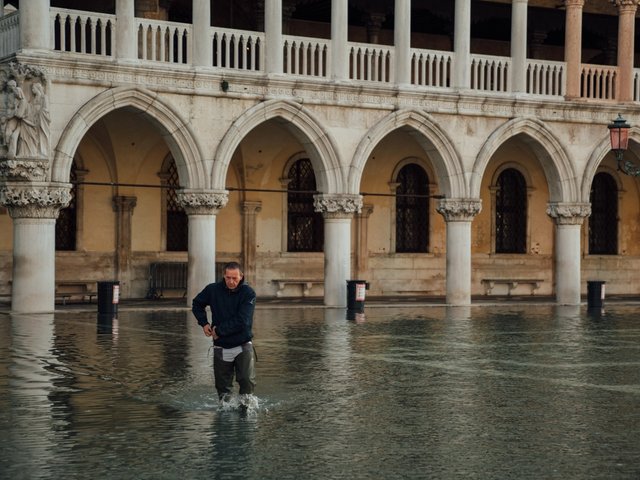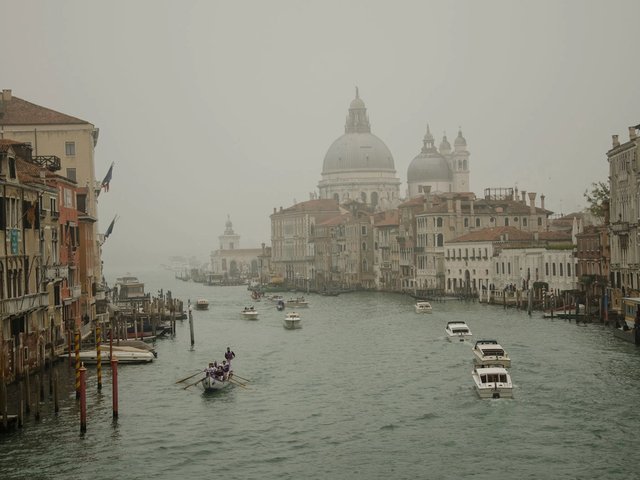Syracuse and the Rocky Necropolis of Pantalica (1200): The Unesco site includes the nucleus of ancient Syracuse, founded by the Greeks in the eighth century BC, with the temple of Athena, the Greek theatre, the Roman amphitheatre, as well as the rocky necropolis of Pantalica 30km away, with its 5,000 tombs from the 13th to the seventh century BC. In 2000, it was at risk of storm surges of 0.23m, rising by 2100 to 1.75m. Coastal erosion is already causing concern. Aurelio Angelini, the head of the Unesco Heritage Foundation of Sicily and a lecturer in ecology, considers the Kiel University study “a conservative scenario”. He believes that the “outlook is much more serious”, with Palermo also among the Sicilian sites at risk. “In Italy, there is a widespread indifference,” Angelini says. “There is only a small paragraph on cultural heritage in the 2017 report by the ministry of the environment, and although there is a national plan for adaptation to climate change, it is a very general evaluation. In Sicily, nothing is planned to address such risks, and nobody in the regional or urban authorities knows about the national plan.” Giusi Diana ©Francesco Bandarin















